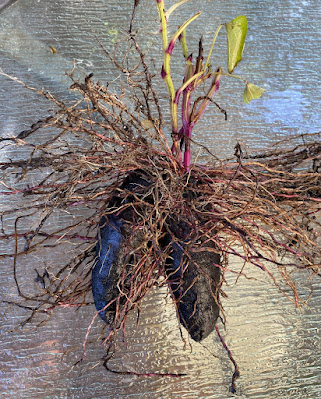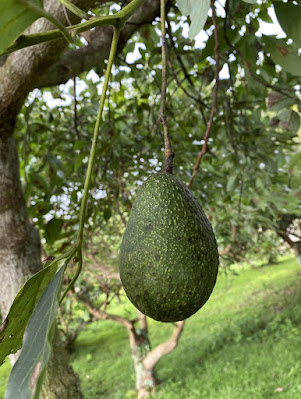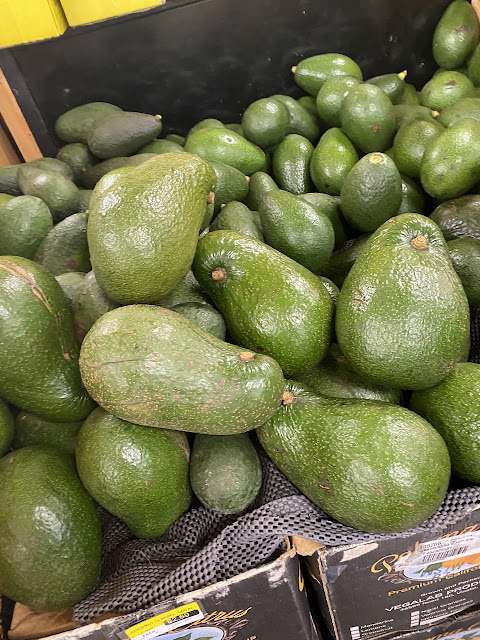Update: the sale has concluded.
This posts describes the cuttings sale on reallygoodplants.com in December 2022.
1. This year we have not collected the scions in advance, and will cut them "to order". This means that the order shipping might be delayed by the weather conditions, but we don't expect to have more than 10 days between the order placement and shipping. This also means that we don't know how many scions we actually can ship. We did our best estimate, and we might be able to restock some cultivars after the shipment of early orders.
2. Some cultivars are not linked to descriptions, as we have not evaluated them in the detail yet. You should be able to google some of these, like Aussie and Taiwanese Long mulberries, and Sakerdze pomegranate. We don't know yet if Pakistan "Large fruited" is the same as Pakistan. Galicia and Shelli are fat black mulberries from Ukraine. Tabriz and Isfahan are fat white, pure sweet mulberries from Iran. These are similar to Buluklu. Frank mulberry is a sweet fat pink. Hassan Krasni apricot is a seedling from a seed received by the USDA from the former USSR.
3. All avocados, TX persimmon, apricots, sour cherry, Che, feijoa, and loquat have to be grafted. TX persimmon will not graft onto D. kaki, you need to have a seedling of TX persimmon for rootstock. The avocado wood does not store for long. Its is fine to graft avocados now in a greenhouse or SoCal, but could be problematic in the CA Central Valley. For those who want to graft later, we will have another sale of avocado and white sapote wood in March.
Many mulberries will not root, especially the long fruited ones, and Illinois Everbearing. Plan on grafting these. Here is the post on mulberry rooting abilities you may want to check. Senjed roots for me, but you may want to graft it on Russian olive as a backup. Adara plum also roots for me, but a number of people had trouble rooting it. Plan on grafting a piece for a backup. All pomegranates root fine. If you want to graft them, make sure to graft onto strong young shoots. More about grafting in this post.

























































